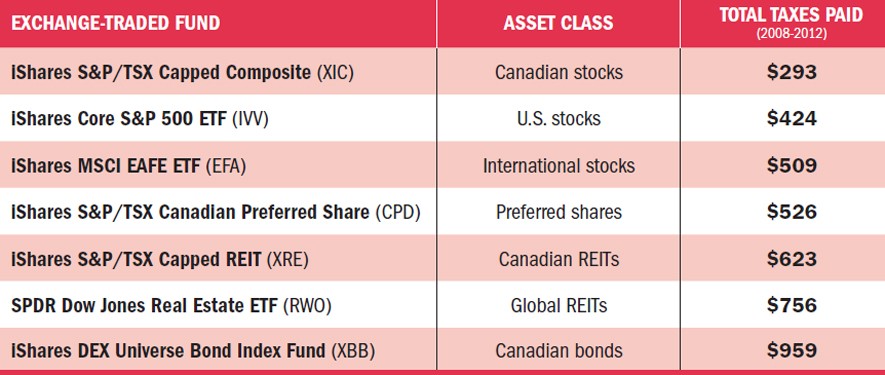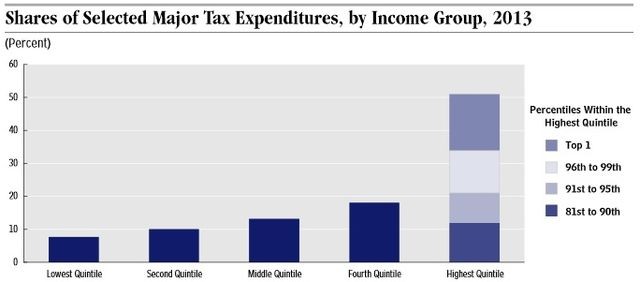Dividend and Capital Gain Distributions Frequently Asked Questions
Post on: 21 Июнь, 2015 No Comment

Dividends and Capital Gain Distributions – Information & FAQs
Income dividends may be paid quarterly or annually. Capital gains (if required) are generally distributed in December. The amount of dividend and capital gain distributions will be reported on year-end account statements (mailed in January) and on Form 1099-DIV.
When dividends and distributions are paid, the share price of the fund declines by the amount of the per share distribution to shareholders. The charts and pricing on various internet sites do not adjust for these distributions. As a result, price declines will generally be misrepresented as an absolute decline on the charts even though there has been no change in the total return of the fund. This is not unique to mutual funds; the same discrepancy can happen with common stocks.
A list of FAQs on mutual fund distributions is listed below. Please contact us with additional questions.
Mutual Fund Dividend and Distributions Frequently Asked Questions
Q. What is a mutual fund dividend?
A. A mutual fund dividend is income from dividends and interest earned by a mutual funds holdings. Dividends that a fund earns must be paid to shareholders at least once per year.
Q. What is a mutual fund distribution (i.e.; capital gain)?
A. A mutual fund distribution is derived from net capital gains realized from the sale of a fund’s investments and income from dividends and interest earned by a fund’s holdings less the fund’s operating expenses.
Q. Why do mutual funds pay dividends and distributions?
A. Tax law requires that mutual funds pay substantially all net investment income and net capital gains to their investors, who may elect to receive cash or reinvest in additional shares of the fund.
Q. What are the different types of capital gains distributions made from a mutual fund?
A. A fund has realized net capital gains when realized gains on the sale of its portfolio assets exceed realized losses. A mutual fund generally does not pay taxes on realized net capital gains, but instead distributes these gains to shareholders who then include them on their individual income tax returns. These gains are classified as long or short-term gains and are taxed differently. A gain on the sale of an investment owned for one year or less is considered short-term for federal income tax purposes and is taxed as ordinary income. A gain on the sale of an investment owned for more than one year is considered long term for federal income tax purposes.
Q. What are the tax implications of distributions to shareholders?
A. Shareholders — except those in tax-sheltered accounts such as Individual Retirement and 401(k) and 403(b) accounts — are required to pay taxes on distributions, whether the distributions are paid out in cash or reinvested in additional shares. Long-term capital gain distributions are taxed at long-term capital gains tax rates; distributions from short-term capital gains and net investment income (interest and dividends) are taxed as dividends at ordinary income tax rates. Ordinary income tax rates generally are higher than long-term capital gains tax rates.
Q. How does a mutual fund generate income and capital gains to be distributed?
A. A mutual fund generates capital gains and income for shareholders in two ways — by selling investments that have increased in value and by earning dividends and interest on its investments.
Q. Do fund managers try to limit capital gain distributions?
A. Our basic buy and hold philosophy helps limit the amount of gains realized in any period. However, while taxes are an important consideration, securities will be sold when it is appropriate for investment reasons.
Q. For tax purposes, what will be reported on my 1099-DIV?
A. For tax purposes, you may see on your 1099-DIV the following items:
Long-term capital gain distributions, which are the net long-term gains realized from the sale of securities. Capital gain distributions come from long-term gains resulting from the sale of securities held for more than one year and are taxed at long-term capital gains tax rates.
Ordinary dividends, which are derived from (1) dividends or interest the fund earns on its investments and (2) net realized short-term gains from selling securities held one year or less. These are taxed at ordinary income rates.
(NOTE: Unrealized gains on investments that have increased in value but have not yet been sold are reflected daily as part of a fund’s net asset value.)
Q. Is a fund’s share price affected when a distribution is paid?
A. Yes. Capital gains and dividend distributions will reduce the fund’s net asset value per share (NAV) by the amount of the distribution on the ex-dividend date. For example, if a mutual fund were to pay a distribution of $1.00 per share and the fund’s net asset value (NAV) was $10.00 per share prior to the distribution, on the ex-dividend date the NAV would be reduced by $1.00 per share. Market activity may also impact the fund’s NAV on the ex-dividend date, so the total change in a fund’s NAV may be more or less than the dividend.

Q. Does a fund’s distribution affect its total return?
A. No. Distributions do not impact total return. Although the NAV drops when the distribution is paid, shareholders who reinvest their distributions also receive more shares.
Q. How is a mutual fund affected if there is no required distribution?
A. There are no tax consequences to shareholders or to the fund if a distribution is not required. The fund’s net asset value and its investment performance would remain the same. Shareholders will not be required to pay taxes if the fund has not made a taxable distribution.
Q. Who is responsible for paying taxes on these distributions?
A. Shareholders are responsible for paying taxes on distributions they receive each year, whether they receive the distributions in cash or reinvest them in additional shares of the fund. The funds report distributions to shareholders on IRS Form 1099-DIV at the end of each calendar year. Certain types of fund accounts, such as Individual Retirement and 401(k) accounts, are tax-advantaged. Therefore, shareholders who own these types of accounts pay taxes, if any, on fund distributions only when money is withdrawn from the account and will receive different IRS reports.
Q. How is distribution eligibility determined?
A. The dates explained below determine the timing of dividends and distributions and the customers who are eligible to receive them:
Record Date: All shareholders of record at close of business on this day are eligible to receive the payment.
Ex-Dividend Date: The date on which the per share amount is deducted from the fund’s net asset value per share. The ex-dividend date is generally the business day after the record date.
Payment Date: The fund pays customers their proportional shares on this date. For the Nicholas Funds, the payment date is normally the same business as the ex-dividend date, except for those funds with daily income distributions.
This information is for informational purposes only and it not intended as tax advice.
The above information is not exhaustive. Investors must consult their tax advisor or legal counsel for advice and information concerning their particular situation. Neither the Fund nor any of its representatives may give legal or tax advice.














